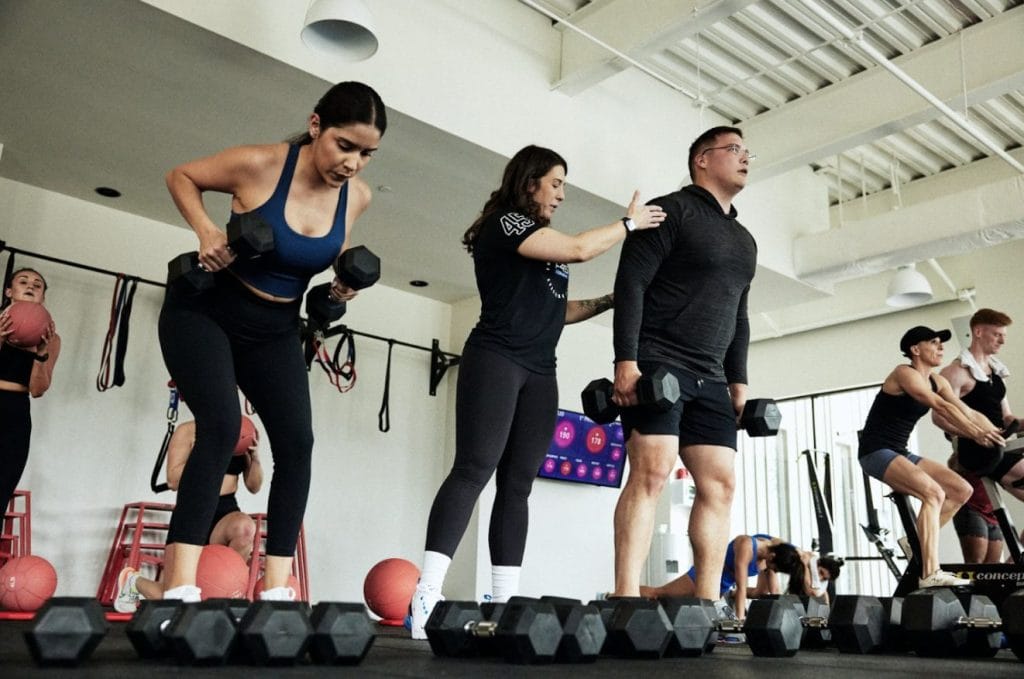One of the most common causes of pain and injury in the human body is a muscle imbalance. Everything in your body is connected, so something that impacts one part of your body affects — in either a major or minor way — everything else. A muscular imbalance is an imbalance between two muscles, or muscle groups of opposite functions. Your first step to understanding a muscle imbalance is identification.
Muscle imbalances generally come from what is called a “biomechanical” imbalance or simply put, a habitual movement pattern that is creating this dysfunction. While one part of your body is overactive, the opposing muscle or ligaments are under active or weaker. By “weakness or underactivity”, I do not necessarily mean an isolated weakness. Instead, think of it as an inability to adequately connect with surrounding muscles and perform its respective function. In other words, all strength is contextual. When certain muscles are overactive or under-active, the body compensates by altering movement patterns and changing the way muscles connect. For proper movement, your opposing muscle groups must coordinate with each other. Proper coordination for normal movement and function is dependent on these opposing muscle groups synchronizing with each other.
Muscle imbalances can result in:
- Limited mobility
- Pain
- Unbalanced weight distribution
- Injury
A common example of this phenomenon is lower back pain. Lower back pain can be identified as underactive glutes and core muscles, followed by an overactive construction through the spinal erector and hip-flexors. Let’s say someone with an erector compensation begins to walk around and perform athletic movements. Their body will become overdependent on the spinal erector for strength, stability and range of motion which can lead to even more compensations in other areas of an individual’s musculature. It’s important to address these asymmetries so that muscle overactivity doesn’t cause compensatory patterns and even more muscle imbalances over time.
If you’re experiencing a muscle imbalance, you may be able to address it with targeted corrective exercise and mobility training. Developing awareness and a mind-body connection to where you experience pain/tension is the one of the first steps to helping yourself. You can do this by performing mobility exercises slowly and intuitively while paying attention to sensations. This can also be identified through understanding other contributions like lifestyle habits (sitting at a desk for long periods of time) or history of injury. Addressing movement and muscle imbalances requires a holistic approach that involves retraining the body to move efficiently and optimally. Ultimately, knowing your own body is the most important tool in being able to take proactive steps towards correcting your movement patterns.Once you have established some connection to these sensations, consider working with a corrective exercise specialist or physical therapist. They can help you diagnose and address any imbalances you may have and help give you educated tools and methods to find relief and healthier movement.
Cristina Chan, F45 Recovery Athlete, CES, CPT | May 2024
















